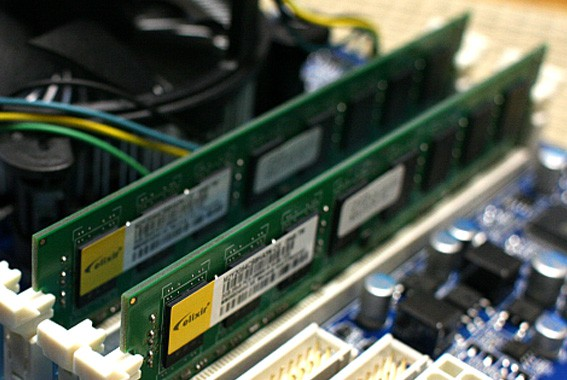RAM
Overview
The Random Access Memory (RAM) is a type of volatile memory that the CPU uses to store data temporarily while processing instructions. Unlike storage devices like hard drives or SSDs, RAM provides fast access to data, enabling quick read and write operations. This speed is crucial for the smooth operation of applications and the overall system.

We use RAM to store data that we want to access quickly. This data changes all the time so it isn't permanent. Almost all RAM is volatile, which means that once we power off our machines, the data stored in RAM is cleared.
DRAM
There are many types of RAM, with DRAM (Dynamic Random Access Memory) being a common type found in computers. DRAM stores each bit of data in a tiny capacitor that holds a charge or discharges, representing a one or zero. These semiconductors are housed in chips on the RAM modules that store our data. There are also various types of memory sticks that DRAM chips can be mounted on.
DIMM
Modern RAM sticks, known as DIMM (Dual Inline Memory Module), come with different pin configurations. When purchasing RAM, it's typically labeled by its capacity, such as an 8GB stick of RAM, rather than the number of DRAM chips it contains.
SDRAM
After the creation of DRAM, manufacturers developed SDRAM (Synchronous DRAM). This type of RAM is synchronized with the system's clock speed, allowing for faster data processing.
DDR
In modern systems, another type of RAM used is DDR SDRAM (Double Data Rate Synchronous DRAM), commonly referred to as DDR. There have been several iterations of DDR:
- DDR1
- DDR2
- DDR3
- DDR4
Each iteration of DDR is faster, more power-efficient, and has greater capacity than the previous versions. The latest version, DDR4, is currently the fastest type of short-term memory available for computers. Faster RAM means programs can run more quickly, and more programs can run simultaneously.